How to plug into a pedestal without a circuit breaker
Yes, you can do it safely, but there's a proper sequence...
Hey Mike,
Regarding your comment about always having the breaker off when plugging in an RV, what if you are in a situation where you don't have access to the breaker? What is the best/safest way to plug in an RV (20, 30 or 50 amp) while the power source breaker remaast majority ins on? I have always first plugged in my EMS surge protector to the outlet as normal to make sure the power is good but also turned off the main breaker in the RV when doing this. Does that help? - Brian B.
Part 1: Just the Basics
Hey Brian,
You are correct. While the safest way to plug your RV into a pedestal is to turn off the circuit breaker first, there are some campgrounds where the campsite breakers are in a central panel that you don’t have access to. So in those cases, you’ll want to test the pedestal power first, then make sure your RV’s main circuit breaker is turned off before plugging your RV’s shore power cord into the pedestal. You’ll also want to turn off your RV’s load center circuit breaker before UNPLUGGING from shore power.
That’s the simple answer. But you can read Part 2 below if you’re curious why you should turn off pedestal breakers whenever possible, which goes into much more detail.
Part 2: The Deep Dive!
Why turn off pedestal breakers whenever possible?
The problem with plugging and unplugging your shore power cord while the pedestal circuit breaker is on is actually twofold.
Avoid the shock!
First, the American- (NEMA-) designed plugs we use in our houses and RVs are not totally safe for plugging into a live outlet. As you can see from the picture below, it’s possible for your fingers to slip into the gap and touch the live contacts before the plug is totally seated.
That can result in a dangerous shock (or even electrocution – death from shock) if you’re standing in a puddle of water and make contact with a live contact. This suggests that it’s doubly important to turn off the pedestal circuit breaker before plugging or unplugging your shore power cord-set from a pedestal outlet in the rain. And we’ve all had to hookup or disconnect shore power in the rain, haven’t we?
Avoid the sparks!
Secondly (and just as important), plugging and unplugging your shore power cord while the pedestal breaker is on can induce arcing from the current trying to jump the gap in the contacts. This usually creates a bunch of pretty sparks which are actually tiny bits of your metal contacts being super-heated and burning up like tiny meteorites zipping through the atmosphere.
Doing it once or twice is no big deal, but doing it hundreds of times will cause a pitting and a reduction in the contact area of your plug and receptacle. And that reduced contact real estate will force all the current through a smaller surface area, resulting in increased resistance and plug overheating.
This constant bombardment of tiny hot spots in the contacts will result in oxidation (rust) which will increase the electrical resistance and contribute to even more heating of the plug. Eventually you’ll need to replace your RV’s shore power cord-set, which ain’t cheap! You want to inspect your shore power plug regularly to make sure it’s shiny and bright like the one in the picture above.
I’ve had a few suggestions from readers that pulling out the plug rapidly will stop it from arcing, but that’s simply not the case. And all circuit breakers should be rated for switching under normal loads.
Switch Rated Breakers
For industrial panels we use SWD (Switch Rated) breakers for high inrush loads like banks of florescent light fixtures. And if campgrounds wanted their circuit breakers to last for decades, then SWD rated breakers would be a good option. However, few of them would pay extra for SWD breakers. But I would guess that even residential circuit breakers would be rated for 10’s of thousands of cycles under load, which suggests perhaps a decade or more of normal operation.
Why do pedestal outlets burn up?
I have a hypothesis that constantly plugging and unplugging shore power connectors with the circuit breakers on (and under load) contributes to the number of obviously overheated and visibly burned shore power plugs, especially the 30-amp versions.
Also remember that this plugging and unplugging under load is wearing out the contacts in the pedestal outlet as well. And that overheating probably contributes to loss of tension in the contacts. I’m sure all of you have plugged into a pedestal outlet that seemed really loose. I’m suggesting the looseness is likely the result of overheating which reduces the tension on the electrical contacts, and this overheating probably started with contact arcing from the shore power cord being plugged and unplugged with the circuit breakers on.
So, break the cycle of shore power contact abuse. ALWAYS make sure the pedestal circuit breakers are OFF before you connect or disconnect your shore power plug. Your electrical contacts will thank you for it. 😁
OK, everyone. Remember that electricity is a useful and powerful force, so we all need to pay attention to safety precautions while using it.
Let’s play safe out there…. Mike 😎

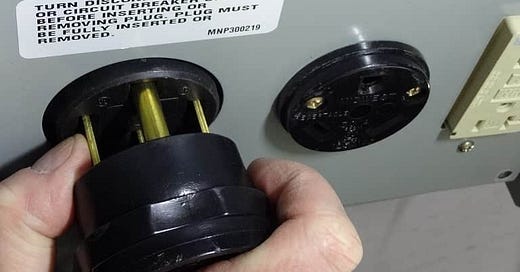




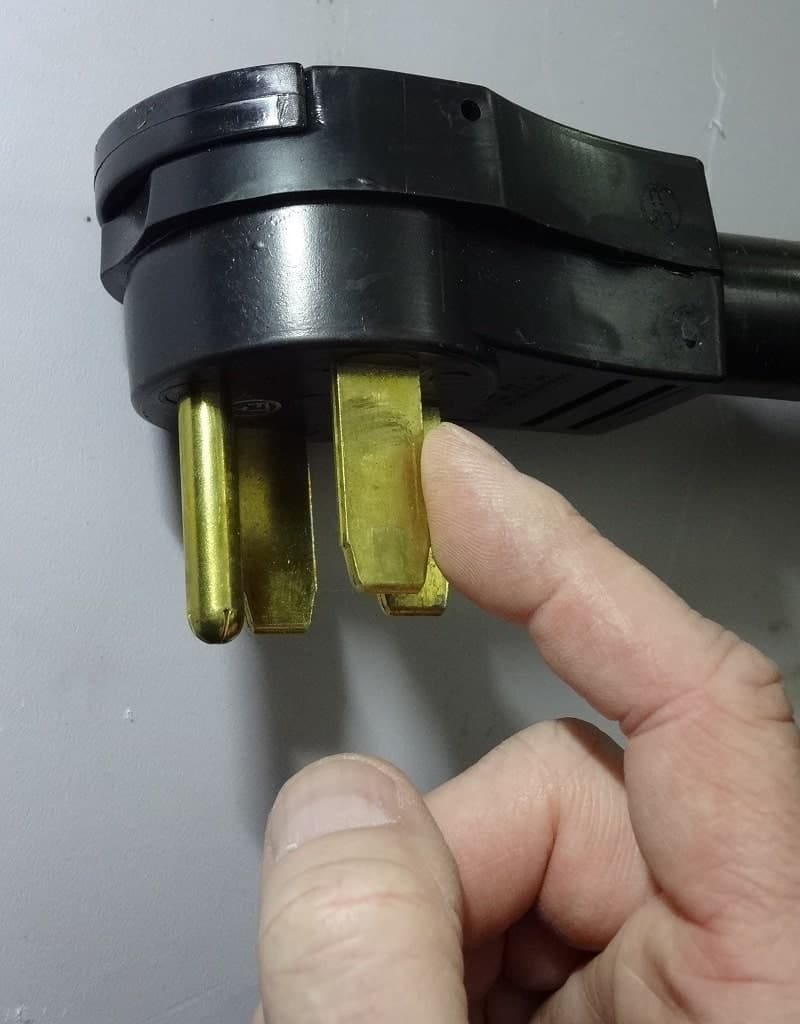

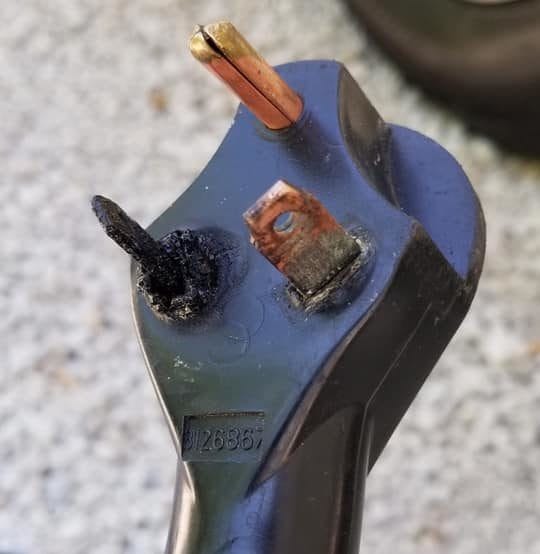
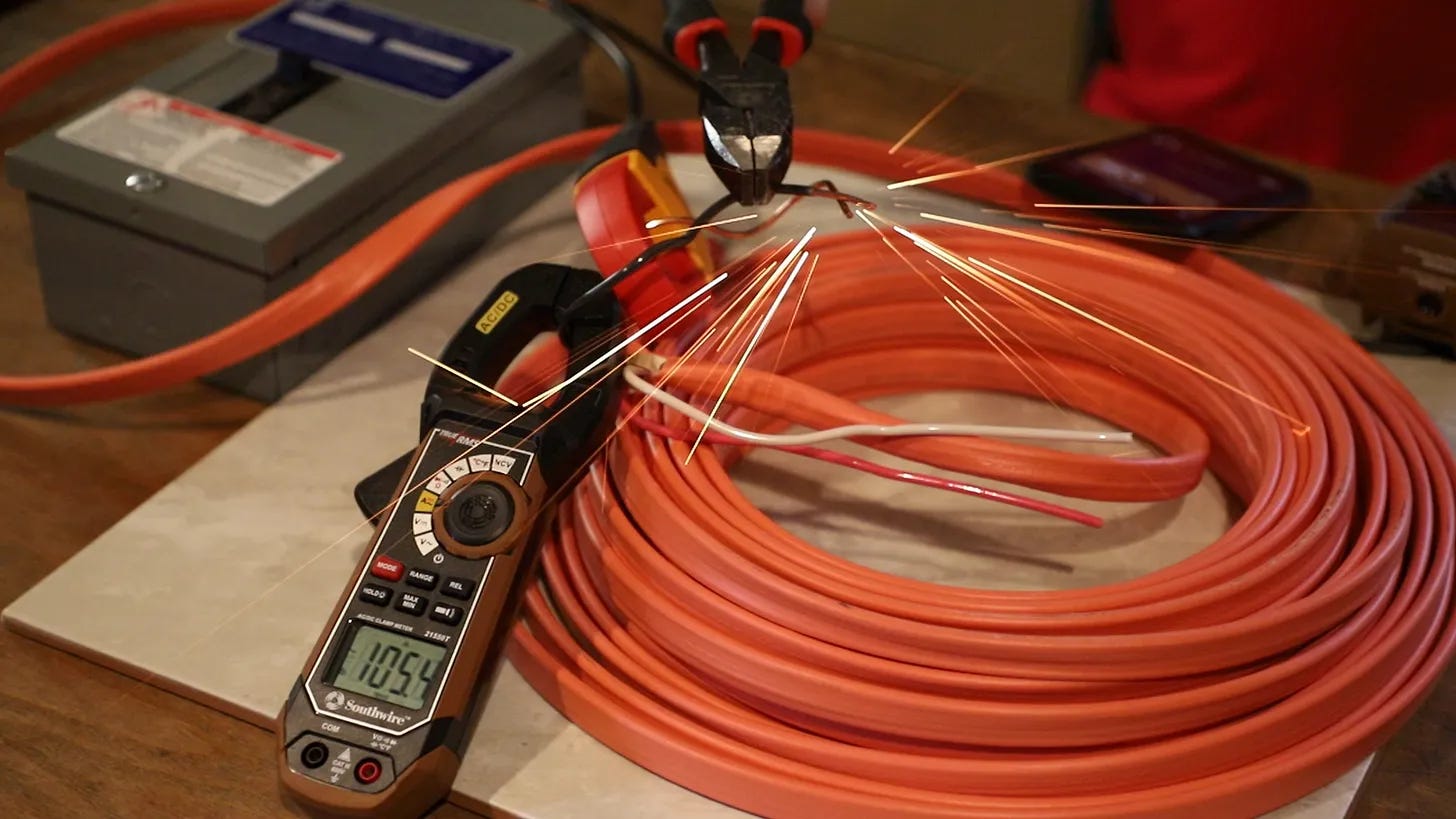
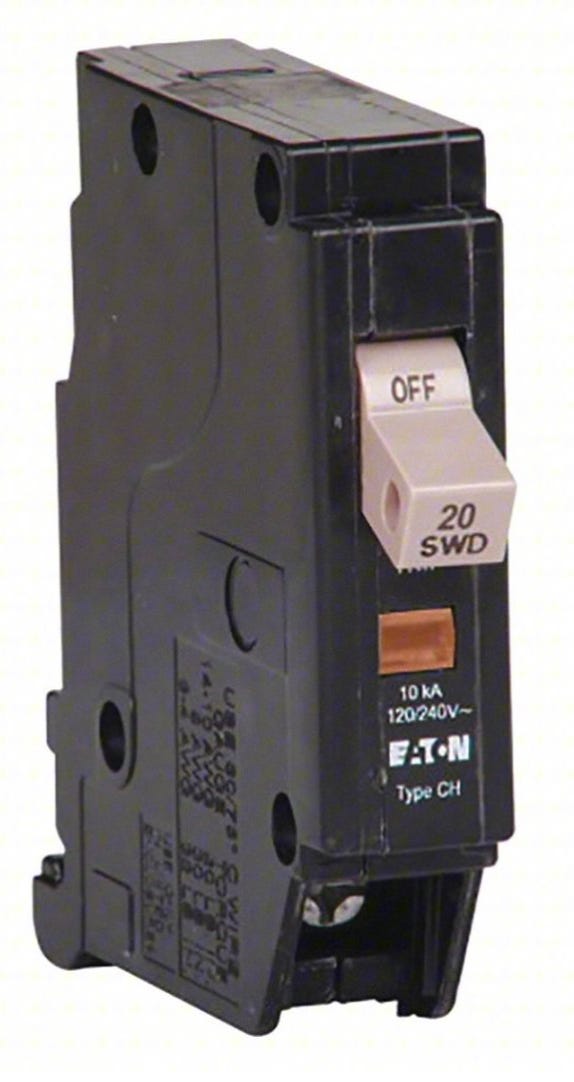

So...how much load does an EMS unit pull when NOT passing current through? I would think plugging in using an EMS, that won't let power pass to the rig until it's done it checks and A/C delay, could serve the same as having a circuit breaker off, since there would be minimal load applied at the beginning. Thoughts??? Scott
820707
I understand about turning breakers off for rv connections, but but every outlet in your house is always hot when plugging in. Is this safe?
Harry